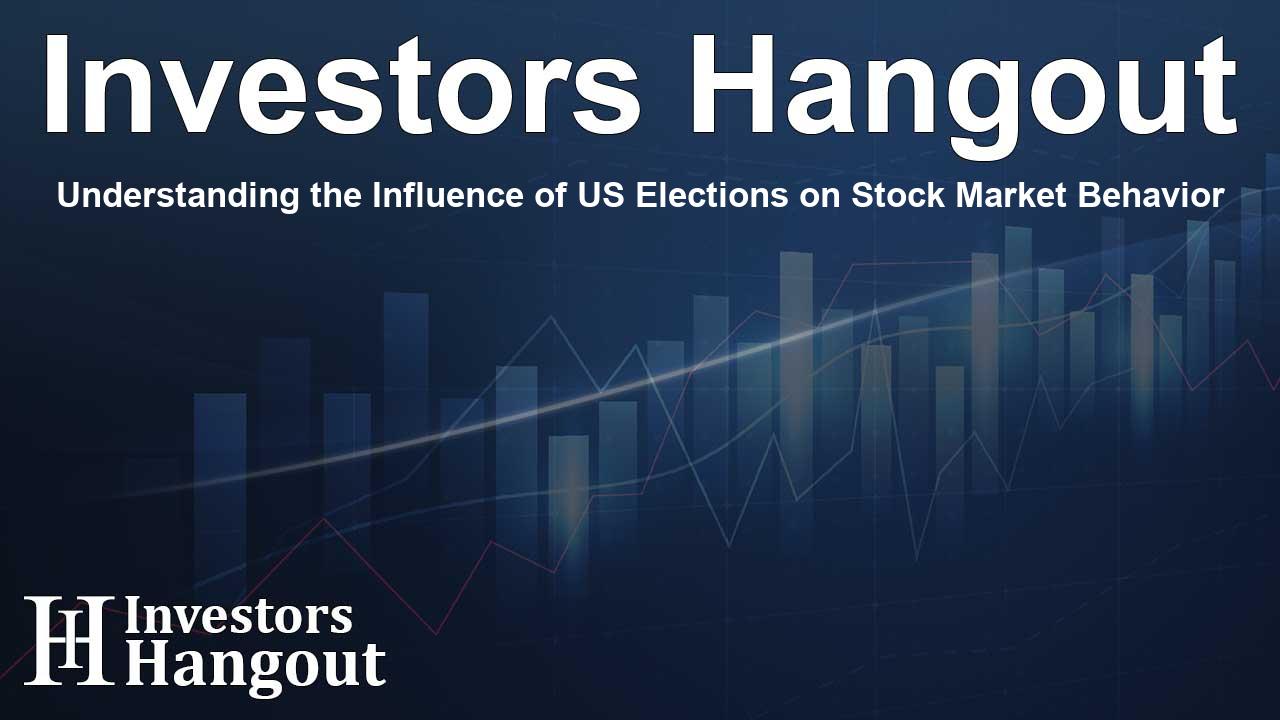Understanding the Influence of US Elections on Stock Market Behavior

The Influence of Elections on the Stock Market
When we look at the relationship between US elections and the stock market, one clear pattern emerges: broad market indices, like the S&P 500, tend to exhibit an upward trend, independent of the sitting president. This phenomenon has been consistently observed over the years, regardless of political party affiliation.
Since 1961, the S&P 500 has shown a general tendency for positive returns throughout various presidential terms. Remarkably, the only exceptions in over six decades were the terms of Richard Nixon and George W. Bush. This indicates that external influences often have more weight in market performance than the occupant of the White House.
The Historical Context of Market Performance
It’s essential to recognize that while individual investors may feel inclined to make drastic changes to their portfolios based on their political views regarding the President, the broader economic dynamics remain unchanged. Millions of Americans and billions globally continue to engage in their daily work, fostering innovation and driving profitability for the large corporations that comprise the stock market.
Diving deeper, analysts have proposed a theory known as the 4-year Presidential Cycle. This theory suggests that stock market returns are traditionally weaker in the first half of a President's term. Gradually, the latter part of the term tends to yield stronger returns. The rationale is that newly elected Presidents often prioritize fulfilling campaign promises related to social issues at the onset and later shift focus toward economic growth to enhance their chances of re-election.
Congressional Control and its Financial Impact
Moreover, the political party controlling Congress plays a significant role in market performance as well. Interestingly, the S&P 500 historically achieves the highest annualized returns under divided Congress scenarios. When one party holds the House of Representatives while another dominates the Senate, the stock market tends to react positively, suggesting that the balance of power may foster more effective governance.
In contrast, periods during which Democrats maintain majorities in both legislative houses have shown lower average returns for the S&P 500. However, it's crucial to note that positive market returns are observed regardless of the prevailing political landscape.
The Role of Immediate Factors
Although historical trends provide insights into stock market behaviors, real-time factors such as policy changes, geopolitical circumstances, and market valuations often have a stronger impact on stock market performance. Investors should stay attuned to these elements, as they can significantly influence market directions, sometimes more than political outcomes.
Analyzing the Current Landscape
As we navigate through the complexities of the stock market in relation to US elections, it's essential to remember that past performance does not guarantee future results. Continuous analysis of the market is vital, as political climates, policy changes, and other external factors continue to forge the path of market trends. Engaging with updated data and investing with an informed perspective will always yield better results than reacting solely to political changes.
Frequently Asked Questions
1. How do elections affect stock market performance?
Stock markets often show a general trend of increasing, regardless of the sitting president, influenced more by broader economic factors.
2. What is the 4-year Presidential Cycle?
This cycle indicates stock returns may be lower in the first half of the presidential term, with a stronger performance typically noted in later years.
3. Does Congress's political control influence market returns?
Yes, historically, the best market returns are observed under divided Congresses, where power is shared between parties, promoting prudent governance.
4. What factors drive stock market performance beyond elections?
Immediate policy decisions, global economic conditions, and market valuations are significant factors that can influence stock performance aside from political outcomes.
5. Are historical trends reliable indicators for future market performance?
While historical trends can provide insights, they do not guarantee future results; continuous monitoring of current data and market conditions is crucial.
About The Author
Contact Lucas Young privately here. Or send an email with ATTN: Lucas Young as the subject to contact@investorshangout.com.
About Investors Hangout
Investors Hangout is a leading online stock forum for financial discussion and learning, offering a wide range of free tools and resources. It draws in traders of all levels, who exchange market knowledge, investigate trading tactics, and keep an eye on industry developments in real time. Featuring financial articles, stock message boards, quotes, charts, company profiles, and live news updates. Through cooperative learning and a wealth of informational resources, it helps users from novices creating their first portfolios to experts honing their techniques. Join Investors Hangout today: https://investorshangout.com/
The content of this article is based on factual, publicly available information and does not represent legal, financial, or investment advice. Investors Hangout does not offer financial advice, and the author is not a licensed financial advisor. Consult a qualified advisor before making any financial or investment decisions based on this article. This article should not be considered advice to purchase, sell, or hold any securities or other investments. If any of the material provided here is inaccurate, please contact us for corrections.
